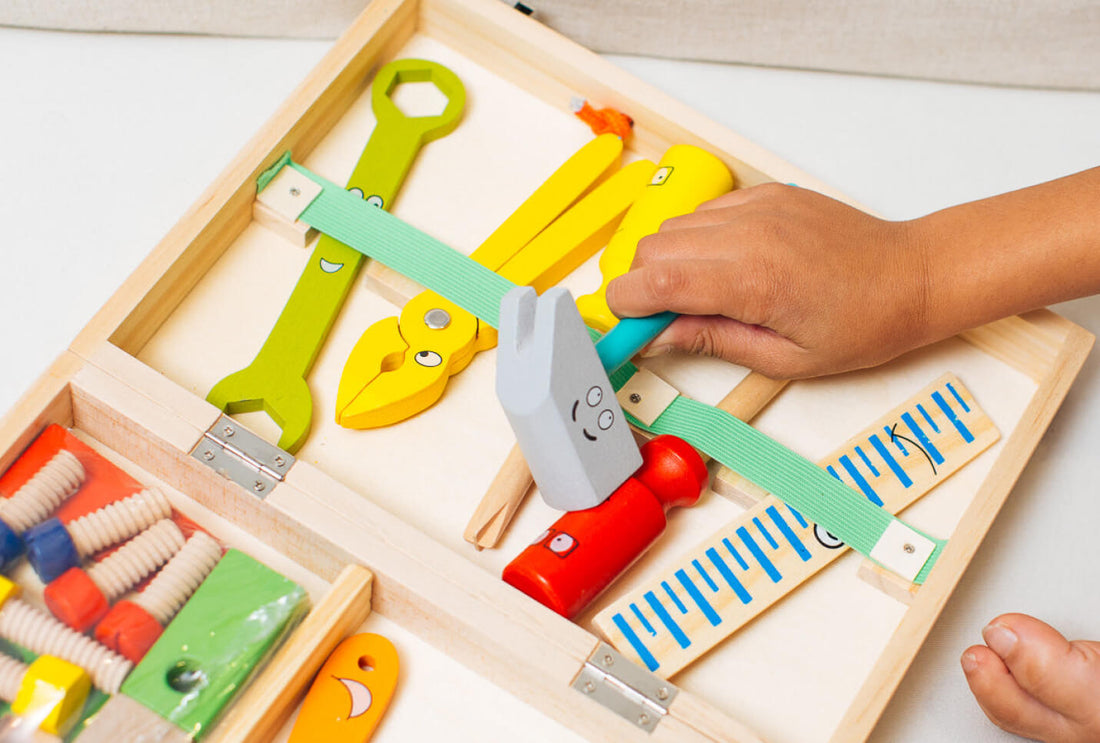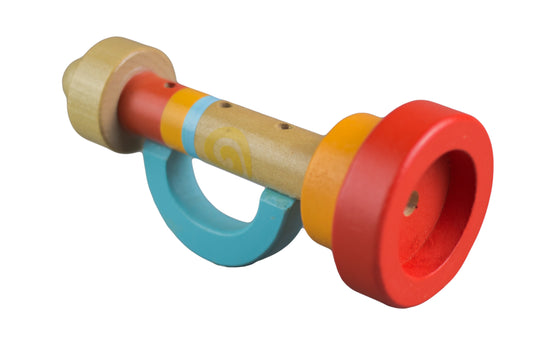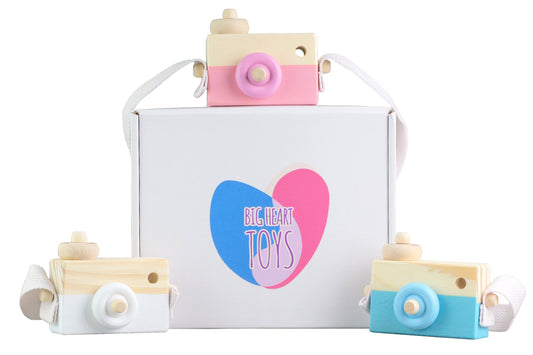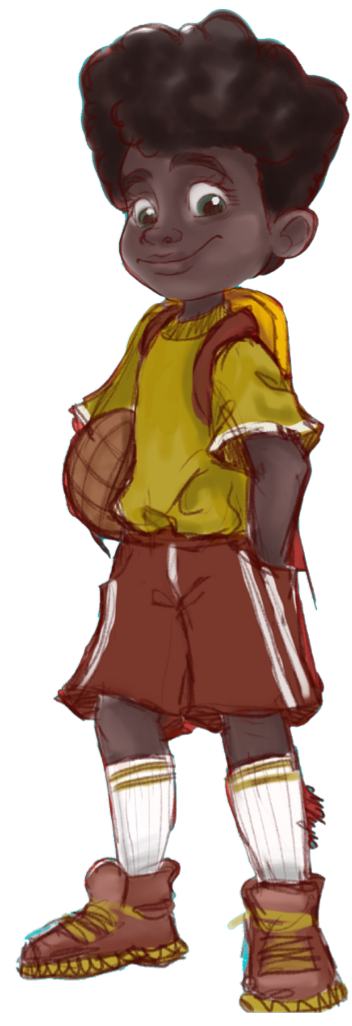Play is a cornerstone of childhood development, helping nurture crucial skills and abilities in children. Through play, little minds engage in imaginative scenarios, problem-solving, and social interactions, fostering cognitive, emotional, and physical growth. It cultivates creativity, enhances communication, and hones fine and gross motor skills, all while promoting emotional regulation and resilience.
Playtime allows for self-expression and self-discovery, empowering children to explore their interests and passions. By embracing play, parents and loved ones can provide a nurturing environment that facilitates development, laying the foundation for lifelong learning and well-rounded children.
What Is Constructive Play?
In 1936, psychologist and childhood development specialist Jean Piaget published four different types of play: functional, constructive, symbolic, and play with rules. If you are familiar with Mildred Parton’s six stages of play, these theories go hand-in-hand. Generally, Piaget’s types of play all fit into one of Parton’s stages.
Constructive play is play that consists of building and creating. It is intentional play with a set goal and creation in mind. Constructive play can occur during the solitary, onlooker, parallel, or cooperative stages of play as long as the play is task-oriented.
Children use materials, objects, or toys to build, create, and manipulate structures or designs. These types of activities involve using imagination, problem-solving skills, and fine motor abilities to construct something new or transform existing objects into different forms. Examples of constructive play include building blocks and tools, assembling puzzles, and crafting with art supplies like clay, sand, or building sets.
Characteristics of Constructive Play
Constructive play is characterized by children actively engaging in hands-on activities that involve building and creating. It is typically open-ended, allowing children to use their imagination and creativity freely. If a child is using materials to build or create something new, they are participating in constructive play.
This type of play involves problem-solving as children figure out how to construct their ideas and bring them to fruition. It often requires fine motor skills as they manipulate and assemble various components. Constructive play can encourage social interaction and collaboration when children work together to build something or share ideas. Overall, it’s a dynamic and enriching play style that promotes cognitive, emotional, and physical development in children.
What Are the Different Types of Constructive Play?
-
Building with Blocks and Construction Sets: When children use any type of blocks (wooden, plastic, foam, etc.) or toy construction tools to make an imaginary vision come to life, they are playing constructively.
-
Creating With Art and Craft Materials: With arts and crafts, children combine and manipulate different materials to create a final outcome.
-
Designing and Engineering With STEM Toys: STEM toys often fit together in various ways, with prime examples being magnets, puzzles, and interlocking blocks like LEGOs. When children use these materials to design and become architects of new structures, they participate in constructive play.
-
Role-Playing and Pretend Construction: Playing pretend to construct new imaginary structures also falls into the realm of construction play, as children set goals and plan to build.
What Are the Benefits of Constructive Play?
This form of play is highly beneficial for children's development. It fosters creativity, spatial awareness, and critical thinking as children envision and execute their designs. As they engage in this type of play, children learn patience, resilience, and the satisfaction of seeing their ideas come to life, promoting a sense of accomplishment and boosting self-esteem.
Cognitive Development
When a child engages in constructive play, they are first setting a goal, then building to accomplish it. This requires critical thinking skills and problem-solving skills when things don’t go as planned. Children will naturally learn spatial awareness and mathematical concepts when discovering what items will fit where and how certain shapes and blocks fit together.
The key to encouraging cognitive development is to allow your child to drive the play. You want them to set goals, find solutions for their problems, and create an end result.
Social and Emotional Development
When building with others, little ones learn valuable skills such as cooperation and collaboration, working with others to achieve an outcome together. They get to practice communication, explaining their goals and hearing what others may have to say. Children can also build a sense of empathy and understanding by practicing skills such as compromise.
Whether they are working together or alone, they are building self-confidence and resilience, seeing their ideas come to life, and trying again when things may not work out the first time.
Physical Development
Constructive play enhances hand-eye coordination, dexterity, and concentration, which are essential skills for academic and daily life tasks. Through the manipulation of materials, they are learning spatial awareness and body control. Children can practice and enhance their fine motor skills by manipulating small objects and putting them together to form their creations.
What Are Some Play Ideas To Encourage Constructive Play?
As parents and loved ones, we can intentionally encourage, model, and facilitate constructive play. It’s a beautiful experience to sit and see what your child is capable of creating on their own, and that starts with providing them with the materials and ideas they need to succeed.
Building With Blocks and Construction Sets
Provide different types of blocks for your child to explore, such as wooden blocks, LEGOs, magnetic sets, and foam blocks. This allows your child to experience different sensory inputs, discover their preferences, and combine various materials.
Without giving them a specific end goal so the play is open-ended, encourage them to create a structure or tower and see what they come up with. Start with broad goals, like asking them to make a maze or marble run, without providing detailed instructions to allow them the freedom to develop with an idea in mind.
Creating With Art and Craft Materials
Set up an arts and crafts area with different supplies and see what your little one creates. This might be simple 2-dimensional art such as drawing or painting or 2-dimensional art such as sculpting with Play-Doh, sand, or clay. Even using mixed media to create a collage teaches them to use different materials to create a new product.
Talk with your child about what they want to create and help them get the materials to do so, or simply provide a variety of materials and see what masterpieces they come up with. Display their artwork to build self-confidence afterward to make the most of these activities.
Designing and Engineering with STEM Toys
When it comes to play that features a more scientific or technological mindset, STEM activities are excellent ways to facilitate constructive play. Children can use STEM toys to build simple machines, explore circuits and electronics, or construct complex bridges and towers. STEM activities foster critical thinking and problem-solving and nurture curiosity.
Role-Playing and Pretend Construction
More abstract construction counts as this type of play, too. If your child loves to play pretend, set up an imaginary construction zone for them to pretend-build. Using pillows and blankets to construct forts or playhouses is another way to facilitate constructive play on a larger scale. Using any toys or materials to create something new is a way to engage in this type of play and can be fun for children of all ages.
Tips for Encouraging Constructive Play
When encouraging this type of play, be sure that you’re setting up a playful and supportive environment. Without telling your child exactly what to do, provide access to a variety of construction materials or set up a safe, designated area for construction to take place.
Offer tools and materials that are safe and age-appropriate. You may want to consider their developmental readiness and gradually build on what you offer. Start simple, and as they develop certain skills, you can introduce new tools and techniques.
Although it might be hard, release control and allow for open-ended exploration and problem-solving. Avoid giving explicit instructions or setting clear goals for them, and encourage them to set the goals themselves. While it may be hard to sit back and wait while your child works through struggle, it is valuable to allow time for child-led exploration and to allow them to come up with their own creative solutions.
While you can provide guidance in their goal setting, the main idea is for them to construct and build something on their own. Encourage them to overcome challenges and problem-solve without fixing issues for them, and you’ll be helping them cognitively in the long run.
How Can You Incorporate Constructive Play Into Everyday Life?
Constructive play doesn’t have to take a lot of preparation and planning. Instead, you can find intentional ways to incorporate this into your daily activities.
Integrate Constructive Play Into Learning Activities
Many math and science concepts can be taught through building, especially at the foundational stage. For example, try setting a goal to build a tower using ten blocks, and children will play constructively while learning one-to-one correspondence and counting.
Promote Constructive Play With Siblings or Peers
When your child is playing with their siblings or friends, set a broad goal and give them the idea to build and create something. This fosters cooperative and collaborative teamwork and gives the little ones a more set focus than free play.
Using Technology and Virtual Tools for Constructive Play
There are even digital construction games and apps that children can use to create using technology. If your little one is enjoying some screen time, make it purposeful by utilizing virtual tools.
Similarly, you can utilize online resources and tutorials to give your children ideas of what to create and how they might go about it. If you choose this route, ask your child what they want to create and help them find a “how to’ video offering different ideas and materials they can use.
The Bottom Line
Playing through building and creating allows children to have fun while enhancing cognitive, fine motor, and social skills. They learn about themselves, goal setting, and the world around them while creating new things. You can encourage this playful learning for your child in a multitude of ways and watch what incredible things they make!
To discover different types of intentional play, check out our other blogs on Big Heart Toys.
Sources
Jean Piaget's Theory and Stages of Cognitive Development | Simply Psychology
The Value of Construction Play for Supporting Children’s Learning | The Sector
The Power of Play | Part 1: Stages of Play | Child & Family Development | Michigan State University
Sensory Seeking Behavior? How to Tame Your Sensory Seeker | NAPA
Play and Social Development Charts | KidSense
Teaching Preschoolers About One-to-One Correspondence | Early Childhood Professional Learning






